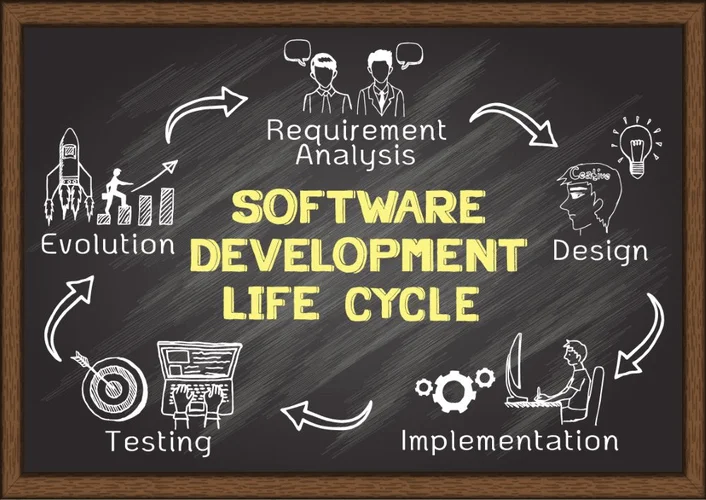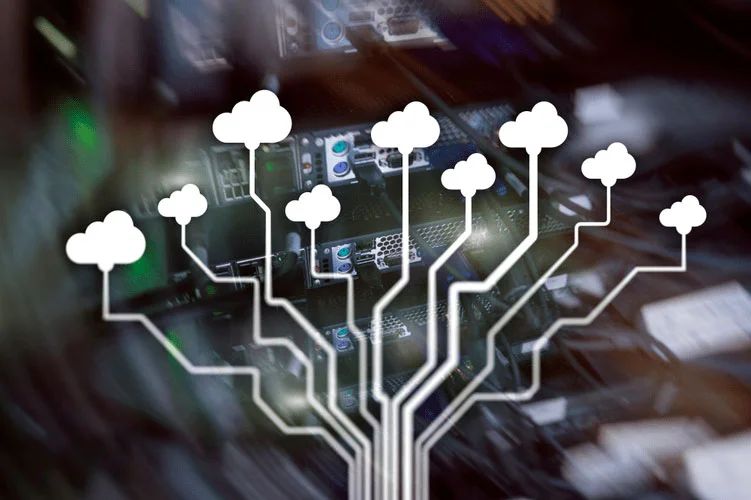Encourage team members to develop a schedule filled with large blocks of time that are free from interruptions like meetings or check-ins. In this world of constant notifications, it’s easy for people to get derailed and forget which goals are really important. This is especially important for creative and development teams. During the Storming stage, team members may argue or become critical of the team's original mission or goals. And, when all is said and done, going through all five stages of team development sets the team up for success. There’s an increased chance of reaching the product goal within the timeline originally set during the forming stage.
- Team cohesiveness is the extent that members are attracted to the team and are motivated to remain in the team.
- The first stage is forming, which is when the members within the team first come together to meet.
- Which means, you may experience these stages in sequential order, or find yourself in a loop with one or more of the stages outlined above.
- Your organization benefits significantly from the five stages.
- Create open lines of communication between leadership and team members.
- Team development is the structured process of bringing together a group of diverse individuals and teaching them to appreciate their differences as they work towards a shared goal.
- Some leaders are afraid of this stage since tensions may get high during this phase of forming a team.
Implement quick and effective problem-solving strategies with your HR team. Maintain open and consistent communication, especially if things go wrong and changes need to be made. Create a space for easy and open communication, such as a chat app.
Tips for a great project kick-off meeting
Don't leave team conflict unchecked, but remember that a little friction can be a good thing – it might reveal inefficiencies for the group to fix together and ultimately lead to innovation. Identify the stage https://globalcloudteam.com/ that your team is at from the descriptions above. The team has a strong sense of identity, morale is high, and team loyalty is intense. Individual team member behaviour can vary greatly during this stage.

Your team feels confident, excited and satisfied with their work. Your team asks questions formulated in ways that are rooted in emotional intelligent practices. You recognize this isn’t any one team member’s fault, but you want to make it right. The last thing you want to experience is team members who de-value one another or collectively fall behind.
How to Help Your Team Progress Through the Stages of Group Development
This can reduce misunderstandings and help work to progress smoothly. In this article, we’ll take a look at each stage in more detail to help you implement them and improve team development in your business. Focus on building a shared understanding across your team and with stakeholders. Recently, what are the four stages of team development several teams in our engineering department undertook a massive, ludicrously complex, business-critical infrastructure project. The number of risks and dependencies sent these established and cohesive dev teams into a flurry of (ultimately, unproductive and/or counter-productive) activity.
This period of norming also creates a safer space for people to share work and give feedback. This is because, after storming, everyone is now working together more happily towards the overall project goal. A good way to get any project started is with a kick off meeting. This gives everyone a chance to introduce themselves and establish roles and responsibilities that will help move the project along with ease. Draw a simple four-stage diagram and ask each person to place a dot or sticky note next to the stage they think the team is at. You’ll clarify each person’s role, what they’re responsible for, and any other expectations team members have of each other.
Stage 5: Terminating/Ending
This is the stage where you will see the team taking ownership of their work and truly becoming a cohesive unit. In the Performing stage, you will begin to see your team taking on a life of their own. They are now able to work independently and are self-sufficient.
Owatonna considers plan for 300 housing units – Finance and Commerce
Owatonna considers plan for 300 housing units.
Posted: Wed, 17 May 2023 21:11:23 GMT [source]
Initially, they might not understand each other's expectations and roles. Even so, they'll still need to collaborate and divide roles and responsibilities to ensure the project gets completed on time. Team development is the structured process of bringing together a group of diverse individuals and teaching them to appreciate their differences as they work towards a shared goal. Your remote teams will go through the 5 stages of team development whether or not they have your guidance, but you can accelerate their progress when you know how to support them along the way.
Building a Strong Team: The Stages of Team Development
You recognize that your team is new, and want them to feel supported, motivated and psychologically safe. So, you host a meeting where your team can get to know one another, their work style, and the way they feel appreciated. It’s up to you to provide clarity, ensure team alignment and employee motivation. Guides & tools Downloadable guides for busy managers to drive performance. Discover our templates Made to solve challenges quickly and build stronger relationships with your team.

Employees rely on each other, collaborate effectively and there’s a more lighthearted feel to the group. While originally things had been going according to plan, roadblocks crop up during this stage. Your team is new and excited to learn about upcoming projects as well as about each other. You outline the work, as well as key milestones, deliverables and objectives. As a result, you’ll establish yourself as a leader of a team rooted in transparency and trust while you communicate clear expectations and team principles.
Tuckman's model
Google MeetUse Fellow’s Google Meet extension to collaborate on meeting notes and record action items, right within your video calls. Meeting MinutesCreate official records of the discussions and action items generated during meetings and save time with Fellow’s meeting minutes templates. SolutionsMeeting agenda softwareCollaborate on meeting agendas, assign action items, and ask for meeting feedback.

Every member of the team knows their role in the project and is able to complete their tasks efficiently. This stage occurs when team members are adjusting to each other and settling into their roles on the project. There will be a lot less arguing and planning and more working with one another. Team members will be tired of conflicting ideas and work harder to solve problems and reach the best state possible for the group to achieve. The storming phase may be quick or it may be incredibly long, depending on the complexity of the project.
How L&D Professionals Are Using Digital Bootcamps to Build Teams of Tomorrow
After all, their ability to overcome obstacles and achieve their goals is a reflection of a management job well done. This is indicated through the project stage which is either completed or very nearly there. This gives them an opportunity to recognize their abilities as well as those of their teammates. They feel confident and comfortable when approaching you with concerns and questions. After the storming stage, they recognize behavioural patterns, strengths and develop foresight for upcoming roadblocks. This way, they’ll remain high-performing while re-establishing trusted connections.
